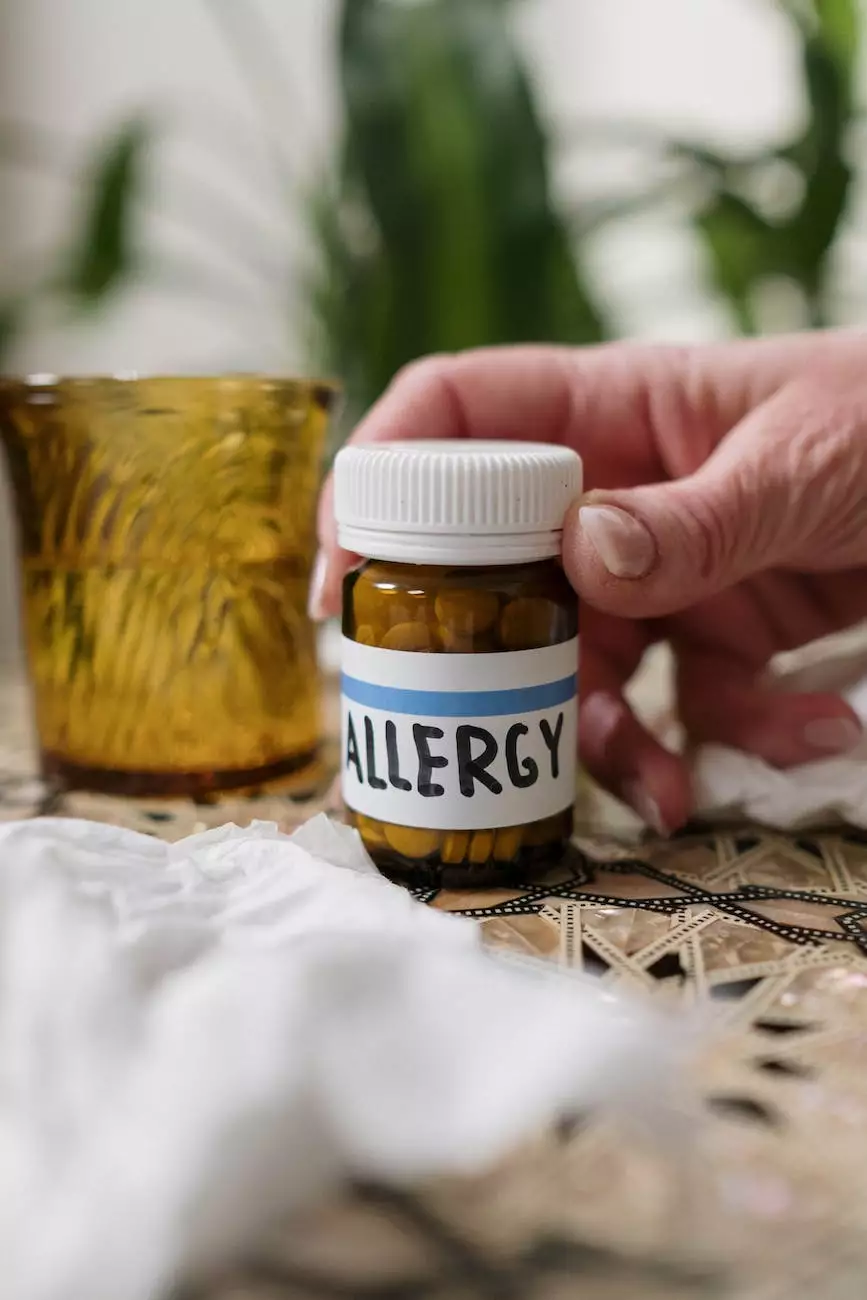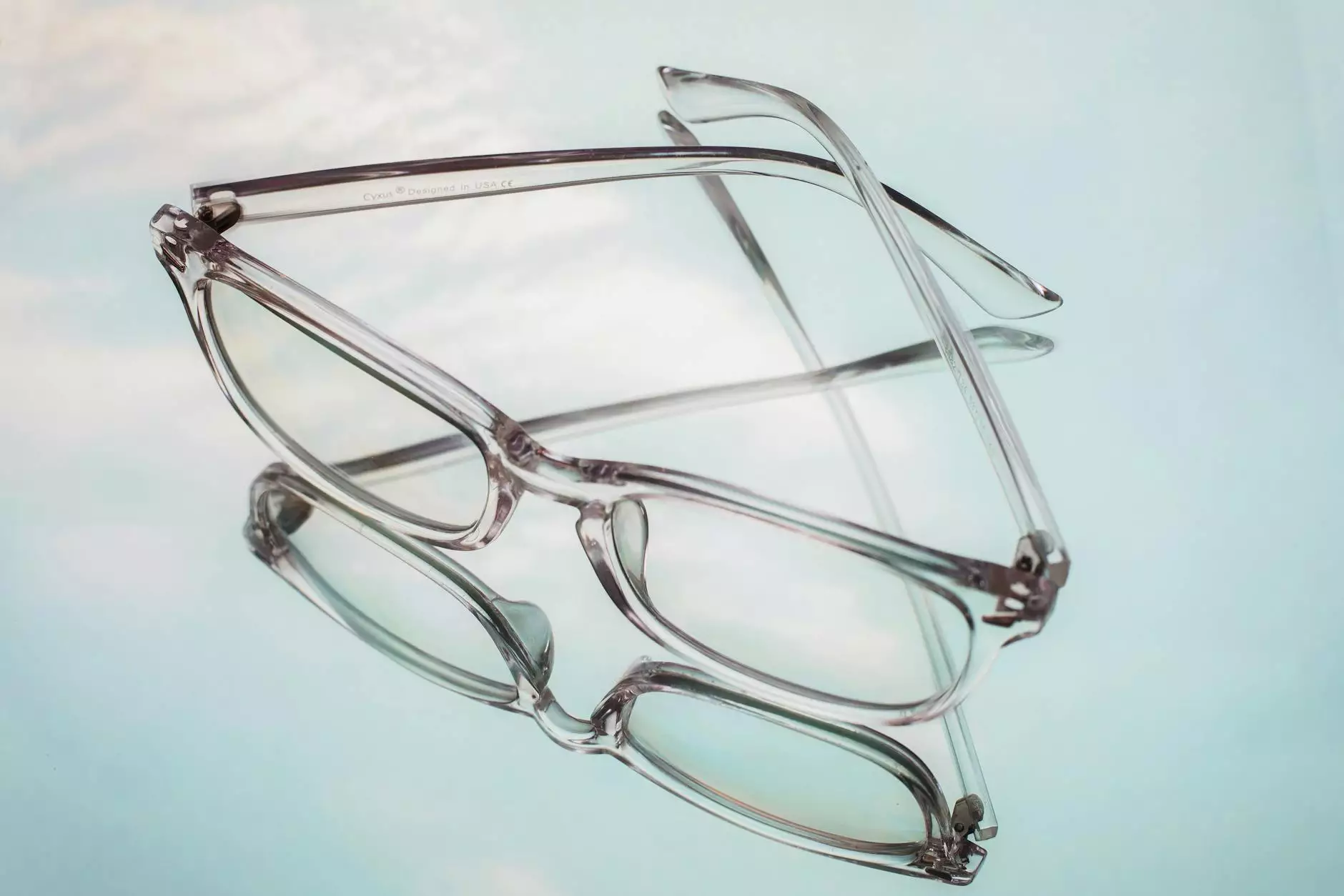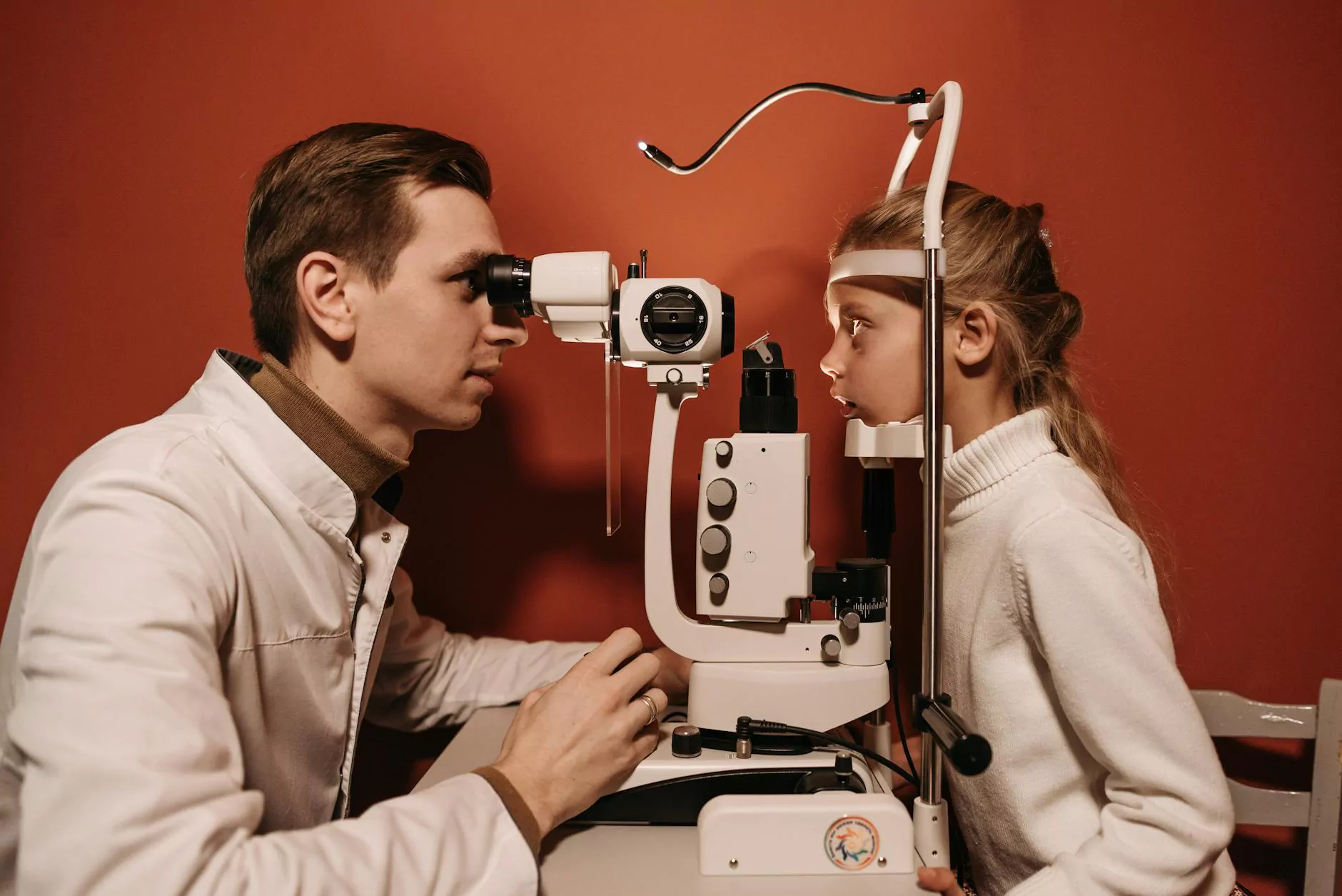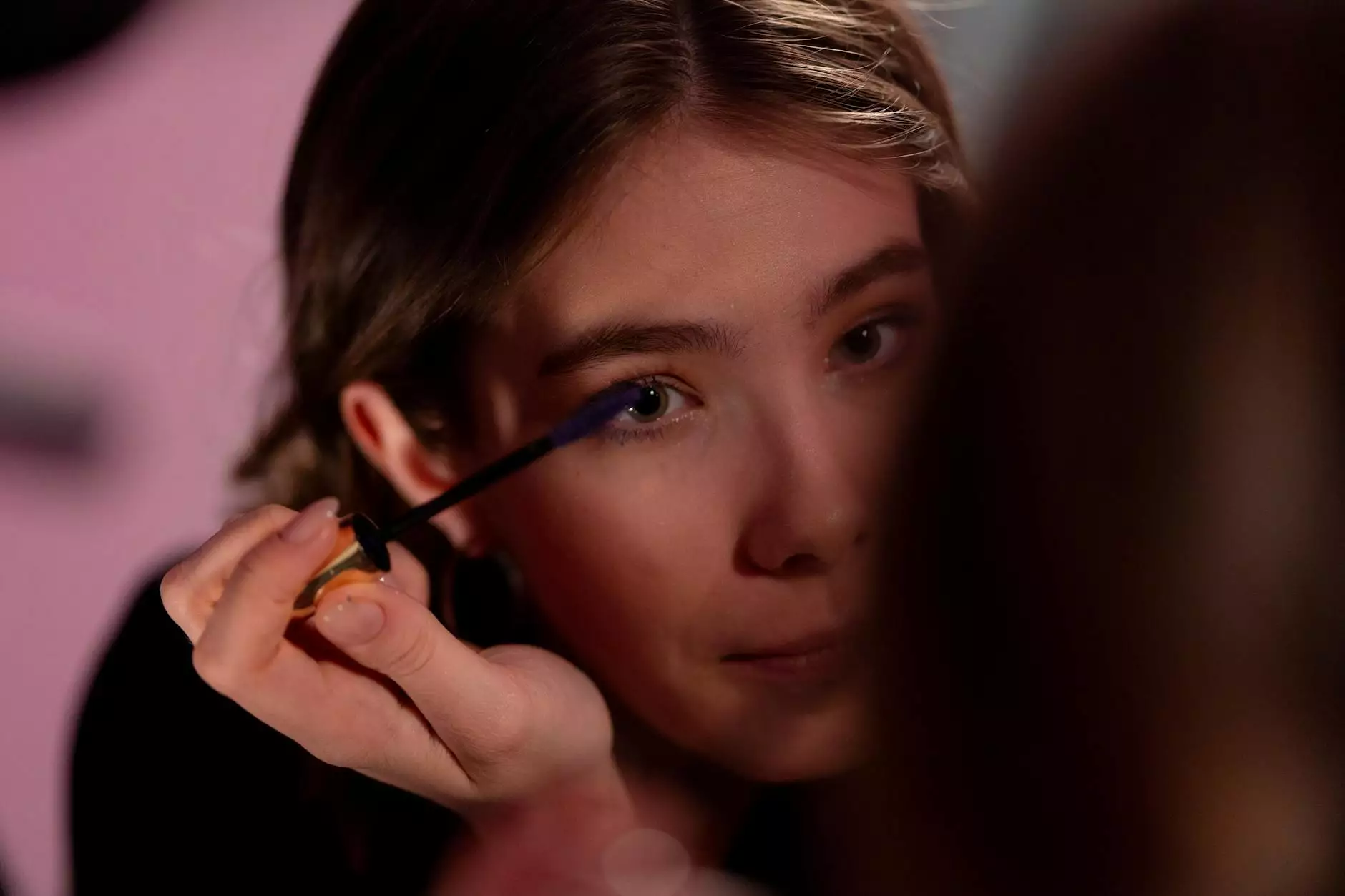Dry Eye FAQs
Health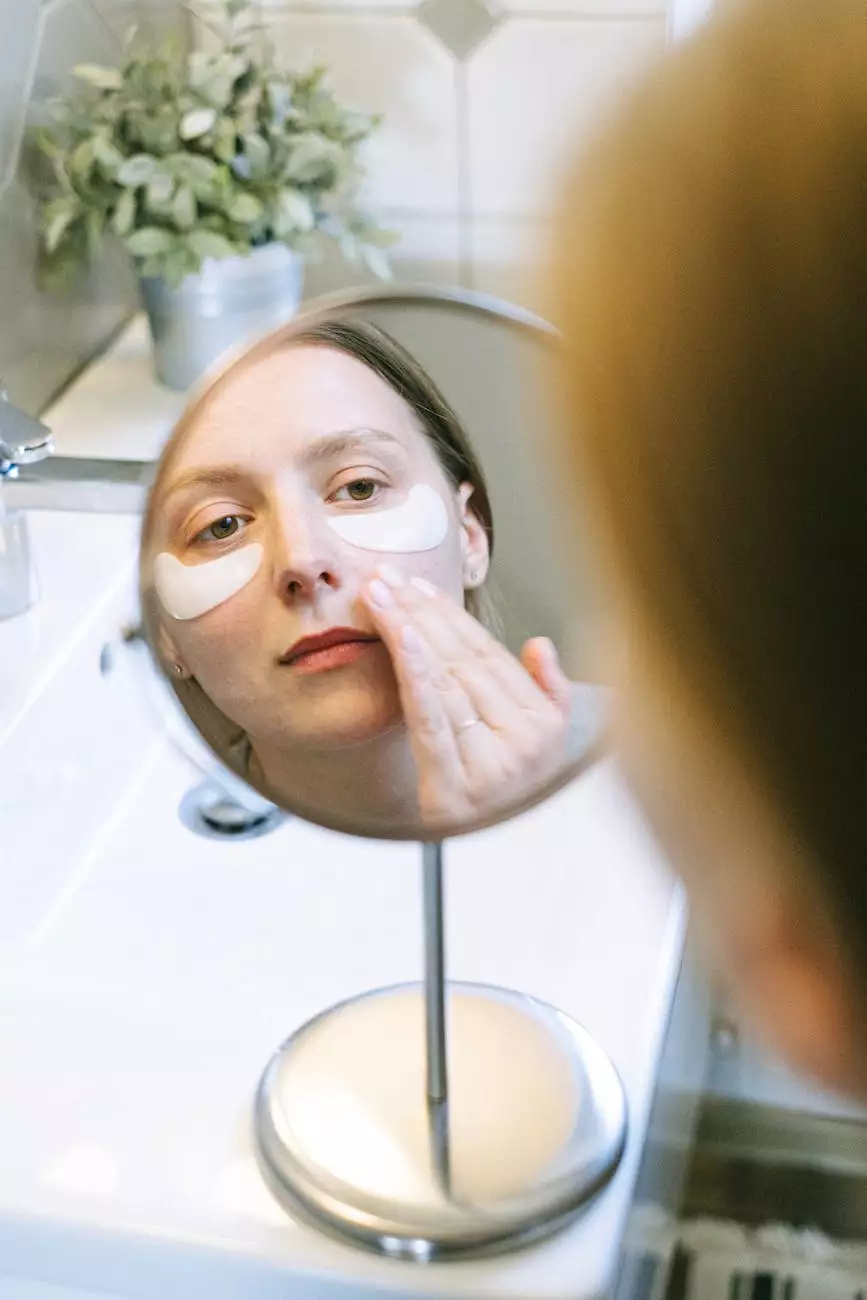
What is Dry Eye Syndrome?
Dry Eye Syndrome is a common condition that occurs when your eyes do not produce enough tears or if the tears evaporate too quickly. This can lead to discomfort, blurry vision, redness, and a gritty sensation in the eyes.
What Causes Dry Eye Syndrome?
There are various factors that can contribute to Dry Eye Syndrome, including:
- Age - Dry eye becomes more common as we get older.
- Gender - Women are more likely to experience dry eye due to hormonal changes.
- Environmental factors - Dry or windy climates, air conditioning, and smoke can worsen dry eye symptoms.
- Medical conditions - Conditions such as diabetes, rheumatoid arthritis, and thyroid disorders can increase the risk of dry eye.
- Medications - Certain medications, such as antihistamines and antidepressants, can cause or worsen dry eye.
What Are the Symptoms of Dry Eye?
The symptoms of Dry Eye Syndrome can vary, but commonly include:
- Stinging or burning sensation in the eyes
- Redness and irritation
- Blurry vision
- Sensitivity to light
- Feeling like there is something in your eye
- Excessive tearing (as a reflex to dryness)
- Difficulty wearing contact lenses
How is Dry Eye Diagnosed?
To diagnose Dry Eye Syndrome, an eye care professional will perform a comprehensive eye examination, which may include:
- Evaluating symptoms and medical history
- Testing tear quality and quantity
- Examining the surface of the eyes
- Measuring tear production
- Assessing the integrity of the tear film
What Treatments are Available for Dry Eye?
There are several treatment options available to help manage Dry Eye Syndrome and alleviate symptoms:
- Artificial Tears - Over-the-counter lubricating eye drops can provide temporary relief.
- Punctal Plugs - Tiny silicone plugs can be inserted into the tear ducts to prevent tears from draining too quickly.
- Prescription Medications - Anti-inflammatory eye drops or medications that promote tear production may be prescribed.
- Intense Pulsed Light (IPL) Therapy - This non-invasive treatment uses controlled light pulses to address the underlying causes of dry eye.
- Lifestyle Changes - Adjusting your environment, such as using a humidifier or avoiding smoke, can improve symptoms.
How Can I Prevent Dry Eye?
While it may not be possible to prevent Dry Eye Syndrome altogether, you can take certain steps to reduce the risk or minimize symptoms:
- Blink often - Especially when focusing on digital screens or other visually demanding tasks.
- Stay hydrated - Drinking plenty of water can help maintain proper tear production.
- Use lubricating eye drops - Especially in dry or windy conditions.
- Wear protective eyewear - If you spend a lot of time outdoors, consider wearing wraparound sunglasses to shield your eyes from wind and dust.
- Take breaks - When working on a computer or reading, take regular breaks to rest your eyes.
When Should I See an Eye Care Professional?
If you are experiencing persistent or worsening symptoms of Dry Eye Syndrome, it is recommended to schedule an appointment with an eye care professional. They can provide a proper diagnosis and recommend the most suitable treatment options for you.
Conclusion
Dry Eye Syndrome can be a frustrating and uncomfortable condition, but with the guidance of medical professionals, you can find relief. MUIR DIABLO OCCUPATIONAL MEDICINE, in the field of occupational medicine, offers expert insights and treatments for Dry Eye Syndrome. Take control of your eye health and reach out to us if you have any questions or concerns about Dry Eye Syndrome or any other occupational eye conditions.


